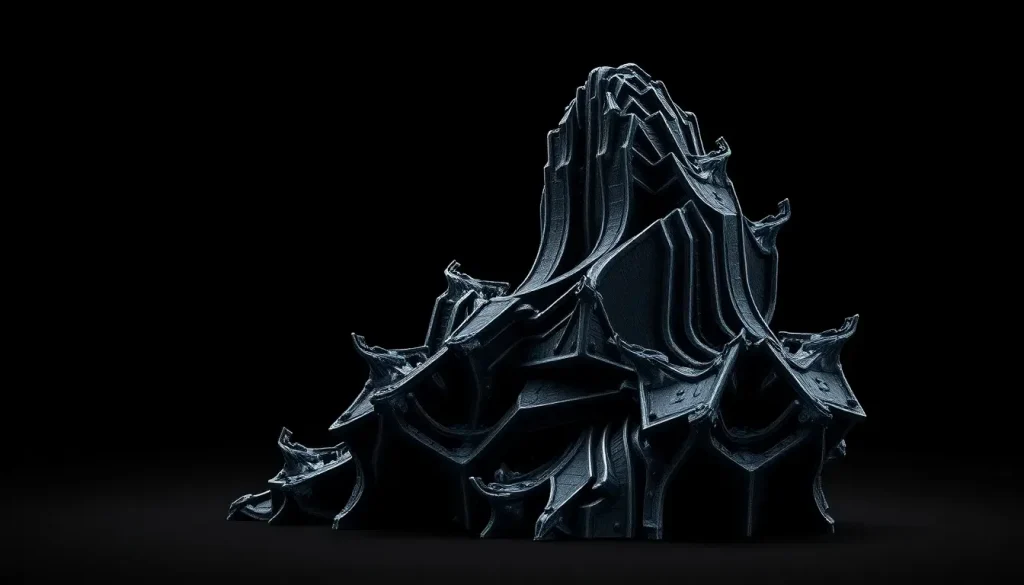AMD AFMF 2.1 offers options for smooth or quality frame generation

AMD's advancements in graphics technology continue to foster a competitive gaming landscape, and the latest iteration of its Fluid Motion Frames, known as AFMF 2.1, has the potential to enhance gaming experiences significantly. With tailored options for frame generation, this update is poised to attract more users to adopt AFMF technology.
Incorporated subtly into the AMD Software PyTorch on Windows Preview Edition 25.20.01.14, the new Fast Motion Response setting introduces pivotal enhancements to the AFMF 2.1 framework. These developments aim to enrich the gaming experience by either maintaining visual fidelity or enhancing smoothness, catering to various gamer preferences.
Understanding AFMF 2.1 and its New Features
AFMF 2.1 is designed to optimize frame generation in real-time gaming, addressing challenges that gamers face with visual fluidity. The introduction of Fast Motion Response brings two critical functionalities that enhance the performance of this technology:
- Repeat Frame: This feature helps preserve image quality by simply repeating the last rendered frame. It effectively minimizes issues like ghosting and blurriness that can occur during fast-paced action.
- Blended Frame: This setting blends two frames together to create an intermediate image, providing a smoother transition between movements. However, this may result in slightly less sharpness per frame, which can affect the overall perceived quality.
These options represent a significant step forward in addressing the shortcomings of AFMF, particularly when handling rapid motion in games. By offering gamers the ability to choose their preferred method of frame generation, AMD enhances user agency in visual performance.
The Importance of Frame Generation Technology
Frame generation technologies like AFMF are crucial for improving the overall gaming experience, especially in environments where graphics processing power may be limited. The benefits of effective frame generation include:
- Smoother Gameplay: Reduces stuttering and lag, allowing for a more immersive experience.
- Enhanced Visual Fidelity: Maintains clarity and reduces artifacts in high-speed motion sequences.
- Increased Compatibility: Works with a variety of games, particularly those that lack built-in frame generation solutions.
For gamers, these enhancements can mean the difference between a frustrating experience and seamless enjoyment. AFMF 2.1’s new capabilities further refine this technology, making it more adaptable to different gaming scenarios.
Evaluating AFMF 2.1 Performance
The performance of AFMF 2.1 hinges on various factors, including the specific game being played and the hardware in use. Games that do not incorporate built-in frame generation can particularly benefit from this technology. However, users should be aware of the following:
- Visual Artifacts: In games lacking in-game motion vectors and depth data, frame generation may still produce artifacts.
- Driver Compatibility: Currently, AFMF 2.1 features are not included in the gaming version of the Radeon drivers, which might limit immediate accessibility.
- Hardware Support: The technology is compatible with AMD’s RX 7000 and RX 9000 series GPUs, making it a viable option for many gamers.
This nuanced approach allows users to fine-tune their gaming experience, addressing individual preferences for smoothness versus quality.
Future Outlook for AFMF Technology
AMD's commitment to enhancing its AFMF technology is clear, with expectations for future iterations, such as AFMF 3, which is anticipated to launch alongside FSR Redstone. The evolution of this technology promises even more sophisticated features that will likely include:
- Improved Frame Generation Algorithms: Enhanced algorithms that can better handle complex motion scenarios.
- Broader GPU Support: Expanding compatibility with additional graphics cards to reach a wider audience.
- Refined User Controls: More settings for gamers to customize their experience according to their specific needs.
Such advancements can lead to a more immersive and visually appealing gaming experience, further solidifying AMD's position in the competitive graphics market.
Downloading and Utilizing the AFMF 2.1 Driver
For those eager to try out the new features of AFMF 2.1, the driver can be downloaded from AMD’s official website. However, it is important to note that it is currently a preview build and may contain instabilities or lack consumer features. Users can access the driver here.
While the AFMF 2.1 technology showcases its potential, those who prefer a more stable experience might want to wait for the final release. The upcoming AFMF 3 is already generating interest, promising to refine the frame generation capabilities further.
Key Takeaways from AFMF 2.1
In summary, AFMF 2.1 brings innovative features aimed at enhancing the gaming experience through tailored frame generation options. Key points to remember include:
- The introduction of Fast Motion Response with Repeat Frame and Blended Frame options.
- The technology's focus on improving image quality and smoothness in games.
- The current need for AMD’s RX 7000 and RX 9000 series GPUs for compatibility.
With ongoing advancements, AMD continues to push the boundaries of what gamers can expect from graphics technology, and AFMF 2.1 is a testament to this innovation.
For more insights into the capabilities of AMD's frame generation technology, you might find this video particularly enlightening:
Overall, AMD’s continuous enhancements to AFMF technology signify exciting times ahead for gamers seeking smoother and visually appealing gaming experiences.




Leave a Reply